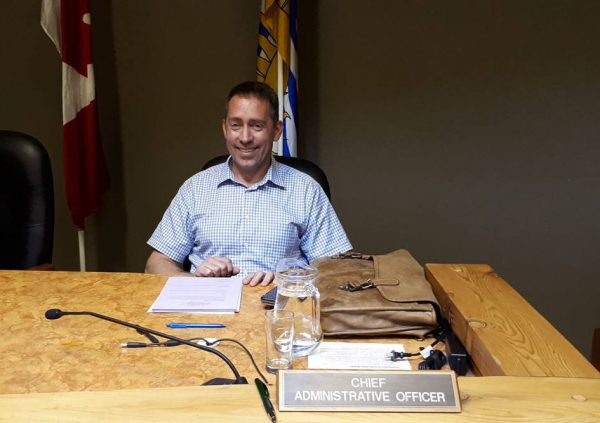Williams Lake’s Chief Administrative Officer is hoping for changes when it comes to Stats Canada and its’ crime severity index.
“I think the technique Statistics Canada uses to calculate the crime statistics is sound, but the issue that I take is the issue of the boundary,” says Milo MacDonald.
“The recreation function, the arts and culture function, our fire protection which is delivered by our fire department has a boundary that basically works that way. What we’re suggesting is that that’s a more accurate reflection where the boundaries of the community lie and the boundaries of the community should establish the crime statistics for the community.”
“What happens is we end up being deprived of the benefits of the lower crime suburbs and we end up essentially attributing the crime activities of 30,000 people to a population of 10,000 people.”
That according to MacDonald is what leads to a completely false conclusion about what the experience being in Williams Lake is actually like.
“It leads people to believe that our crime rate is very high when in fact our crime rate, if you were to incorporate the appropriate boundary around the community, it is probably actually a very average crime rate,” he says.
MacDonald also noted that it is interesting that our police boundaries are much larger than the boundary of the municipality going all the way to McLeese Lake, south to 132 Mile, and out to Riske Creek.
“There’s a variety of radiuses that you can use to establish that boundary, but the one that makes the very least sense is the one that we’re currently using.”
This week’s crime severity index listed Williams Lake seventh on the national Crime Severity Index.
“It’s really important to recognize that the RCMP have made enormous strides in lowering the crime rate again substantially and we’re very happy with the efforts they have made, and we’re happy with the provincial government for funding the Crime Reduction Unit and giving us six extra people, but what we need to do is we is need to properly define the boundaries.”
MacDonald adds that they have had conversations at the staff level with the provincial and federal government on the matter.
“This is something that needs to be changed because it impacts our ability to attract investment, our ability to attract and retain professionals, and we have a much-needed requirement for workers, and we want to people to know that Williams Lake is safe and friendly,” he says.
“We’re optimistic because it’s very difficult to argue against this rationale. We deliver our fire protection across a radius that would be perfectly suitable and if we were to use that radius we would have a crime rate that is 40 percent lower.”




